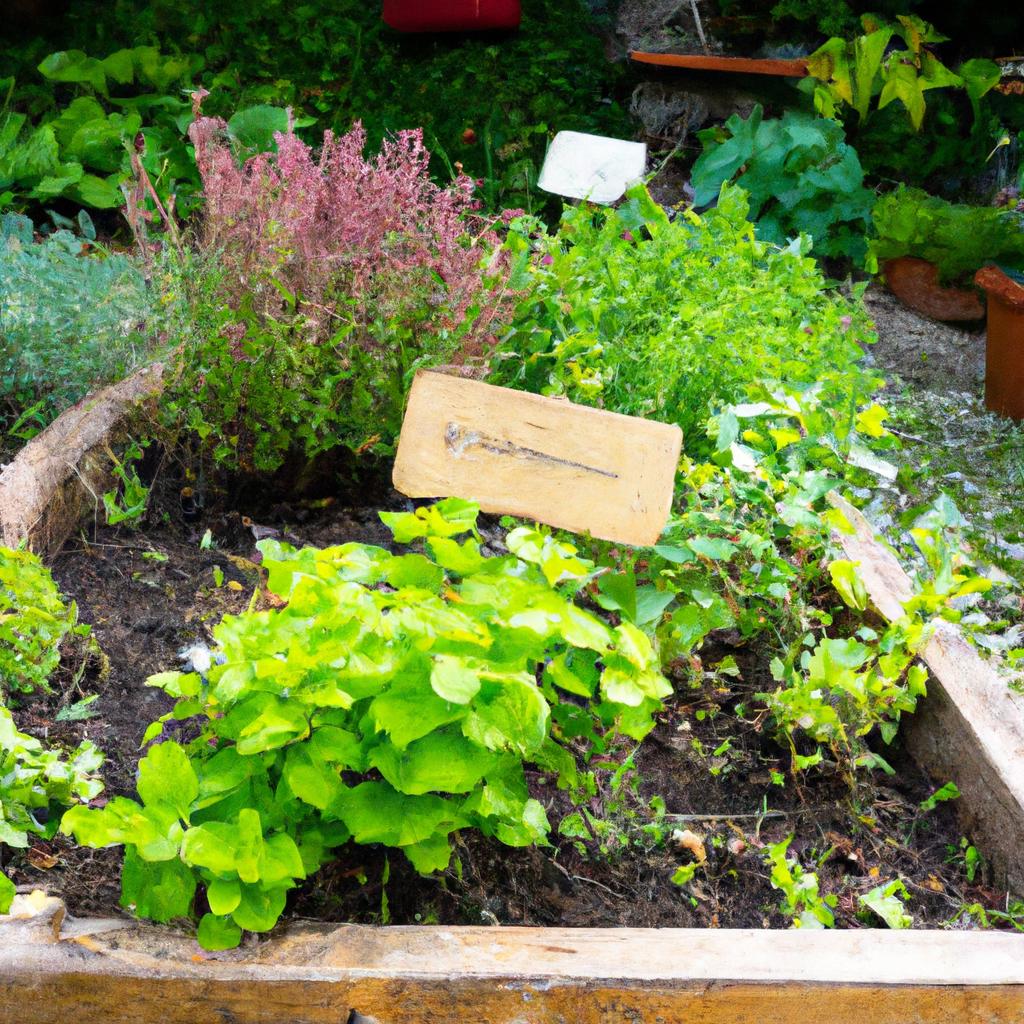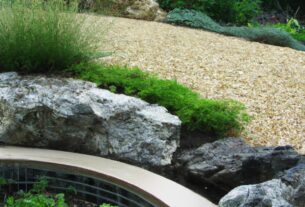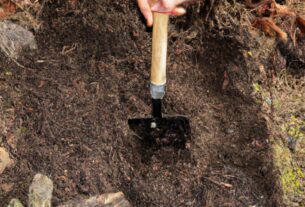As the world becomes increasingly health-conscious, more and more people are seeking alternatives to processed ingredients. One such solution is turning to garden herbs and spices to infuse their meals with flavor. Not only do garden herbs and spices offer an array of health benefits, but they also lend a unique taste to dishes that cannot be replicated by store-bought ingredients.
Benefits of Growing Garden Herbs and Spices
Growing your own garden herbs and spices not only guarantees fresh, high-quality ingredients at your fingertips but also provides a host of health advantages. Many herbs and spices are rich in antioxidants and other nutrients that can boost your immune system and combat inflammation.
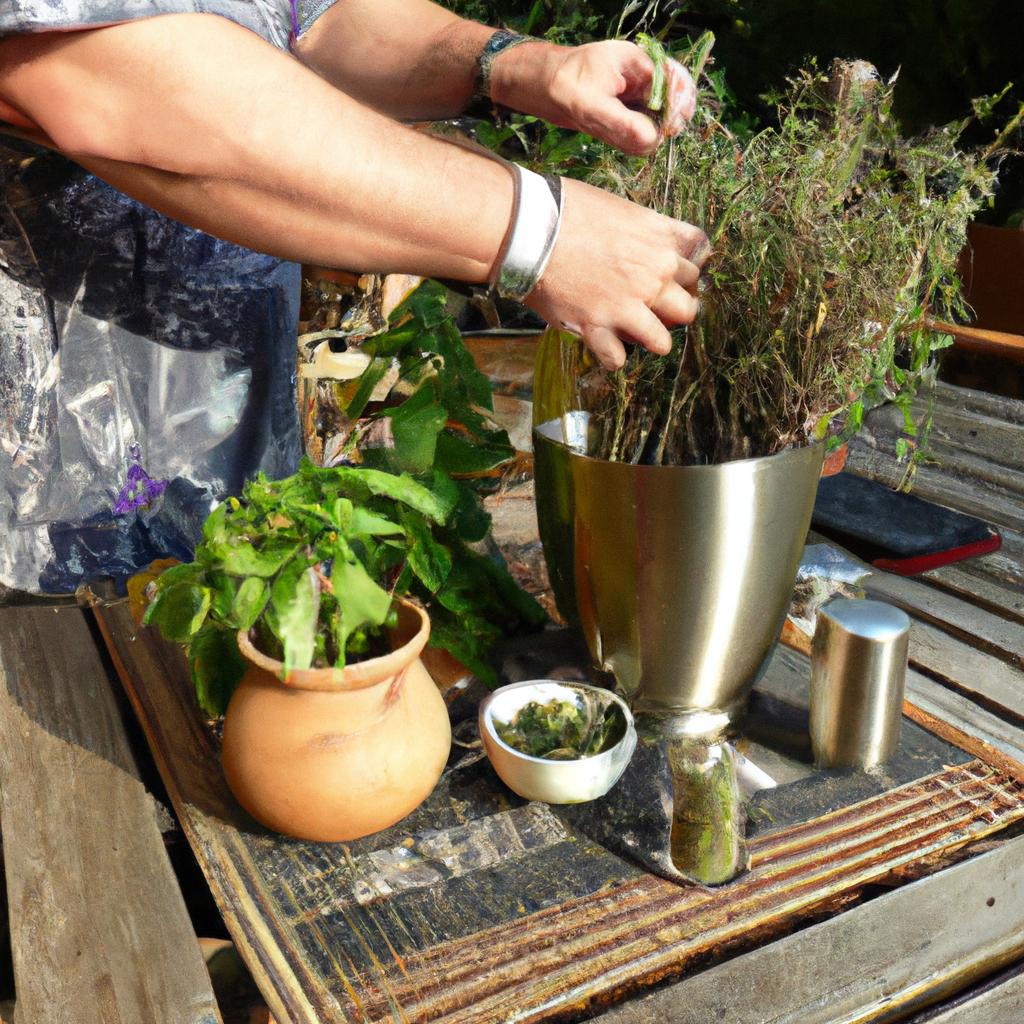
Basil, for instance, is a fragrant herb that is both easy to cultivate and versatile in a range of dishes, from pasta sauce to salads. It contains antioxidants and boasts anti-inflammatory properties. Another popular herb, rosemary, commonly used in Mediterranean cuisine, is not only rich in antioxidants but also aids digestion and enhances memory. Thyme, on the other hand, is a versatile herb that finds its way into various soups and stews. It is packed with vitamin C and possesses antibacterial properties. Lastly, cinnamon, a spice often used in sweet treats like cinnamon rolls and apple pie, has been shown to regulate blood sugar levels and improve brain function.
By growing your own garden herbs and spices, you gain access to fresh, high-quality ingredients that offer numerous health benefits. Moreover, you can add an unmatched flavor to your dishes that cannot be replicated by store-bought alternatives.
Popular Varieties of Garden Herbs and Spices to Grow
When selecting which garden herbs and spices to cultivate, consider the purpose for which you intend to use them. Some herbs and spices are more versatile than others, so a diverse selection is advisable.
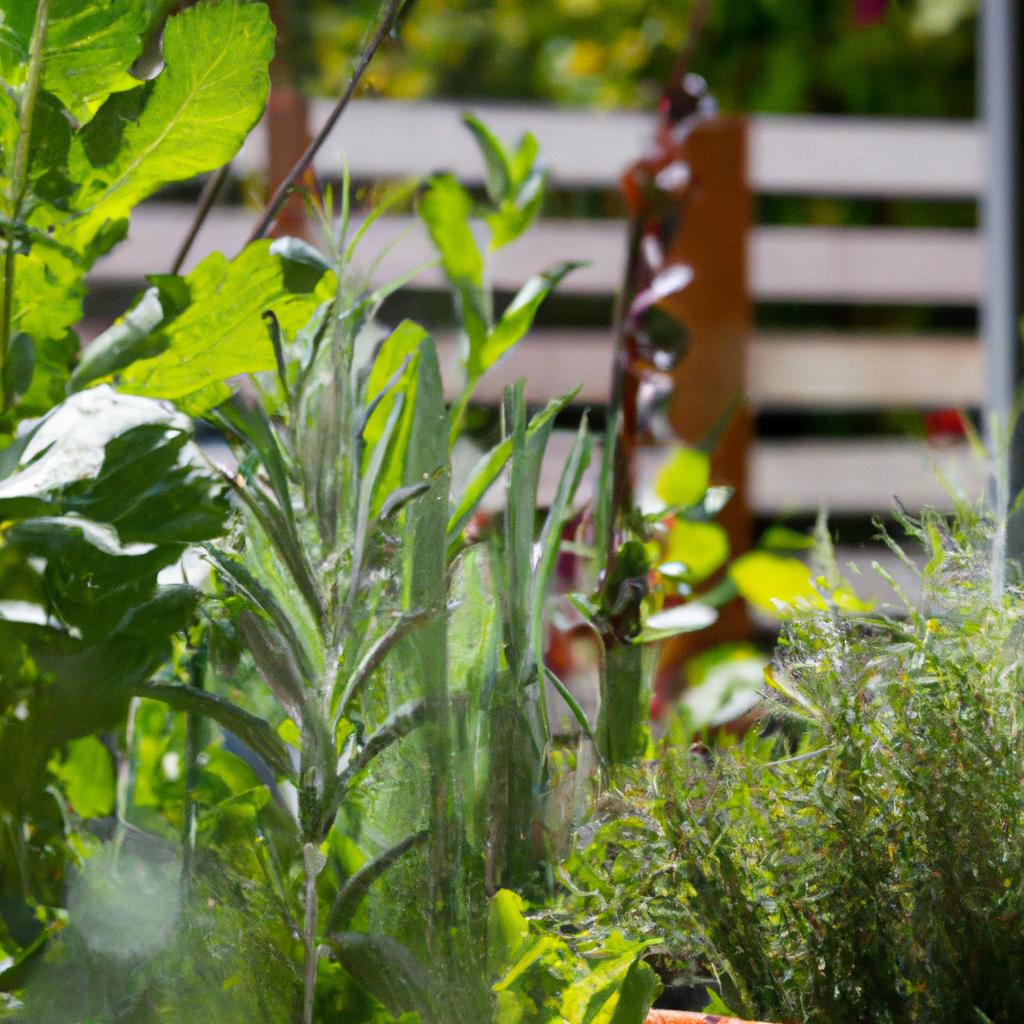
Mint, for example, is a versatile herb suitable for both sweet and savory dishes. Its applications range from adding a refreshing touch to salads to enlivening cocktails and even enhancing the flavor of ice cream. Oregano, a staple in Italian cuisine, is a versatile herb found in dishes such as pizza and pasta sauce. Rich in antioxidants, it also has antibacterial properties. Sage, another aromatic herb, commonly used in stuffing and savory meals, harbors antioxidants and can boost brain function. Lastly, turmeric, commonly employed in Indian cooking, possesses anti-inflammatory properties and has potential cognitive benefits.
Cultivating a variety of garden herbs and spices allows you to introduce an assortment of unique flavors into your cooking while reaping the health advantages of these fresh ingredients.
How to Cultivate Garden Herbs and Spices
Growing garden herbs and spices can be a relatively straightforward process, even for those without green thumbs. Here are some tips to get you started:
Choose the Right Location
Most garden herbs and spices thrive in full sun, so it is crucial to select a location that receives at least six hours of sunlight each day. Additionally, ensure that the soil is well-draining and enriched with organic matter.
Start with Seedlings
While it is possible to grow herbs and spices from seeds, starting with seedlings is often easier. These can be acquired from local garden centers or nurseries.
Water Regularly
Most herbs and spices prefer moist soil, so regular watering is important. Be cautious, though, as overwatering can lead to root rot.
Harvest Frequently
Once your herbs and spices begin to grow, you can start harvesting them. This practice promotes further growth and ensures a steady supply of fresh ingredients.
By adhering to these recommendations, you can cultivate a variety of garden herbs and spices that will add unparalleled flavor to your dishes while bestowing an array of health benefits.
Harvesting and Utilizing Garden Herbs and Spices
Timing is crucial when it comes to harvesting garden herbs and spices. Most herbs should be harvested before flowering to capture the peak concentration of essential oils. Simply trim off the top few inches of the plant, being careful not to remove too much at once.
Harvested herbs can be used fresh in a variety of dishes or dried for future use. To dry your herbs, tie them in small bunches and hang them in a dry, well-ventilated area. Once completely dry, remove the leaves from the stems and store them in an airtight container.
Conclusion
Growing your own garden herbs and spices is an excellent way to enhance the flavor and nutritional value of your meals while reducing reliance on processed ingredients. By following the tips outlined in this guide, you will be able to cultivate a range of herbs and spices that offer unique flavors and a myriad of health benefits.
At TooLacks, we are passionate about nature, gardening, and animals. We believe that growing your own garden herbs and spices is not only advantageous for your health but also beneficial for the planet. So why not give it a try? With a little time and effort, you can enjoy fresh, flavorful ingredients that will elevate your cooking to the next level.
For more information on TooLacks and our commitment to nature, gardening, and animals, visit TooLacks.
